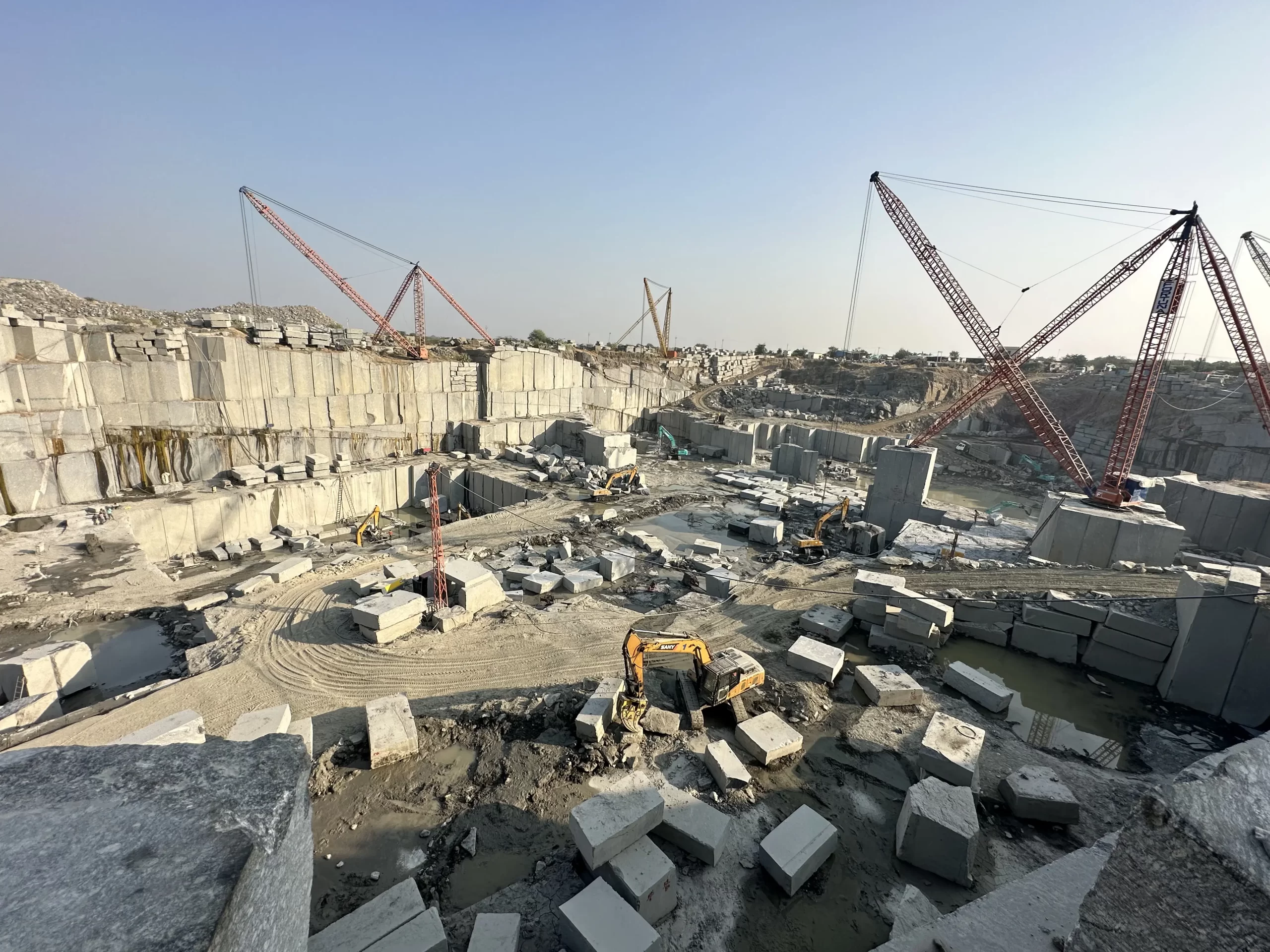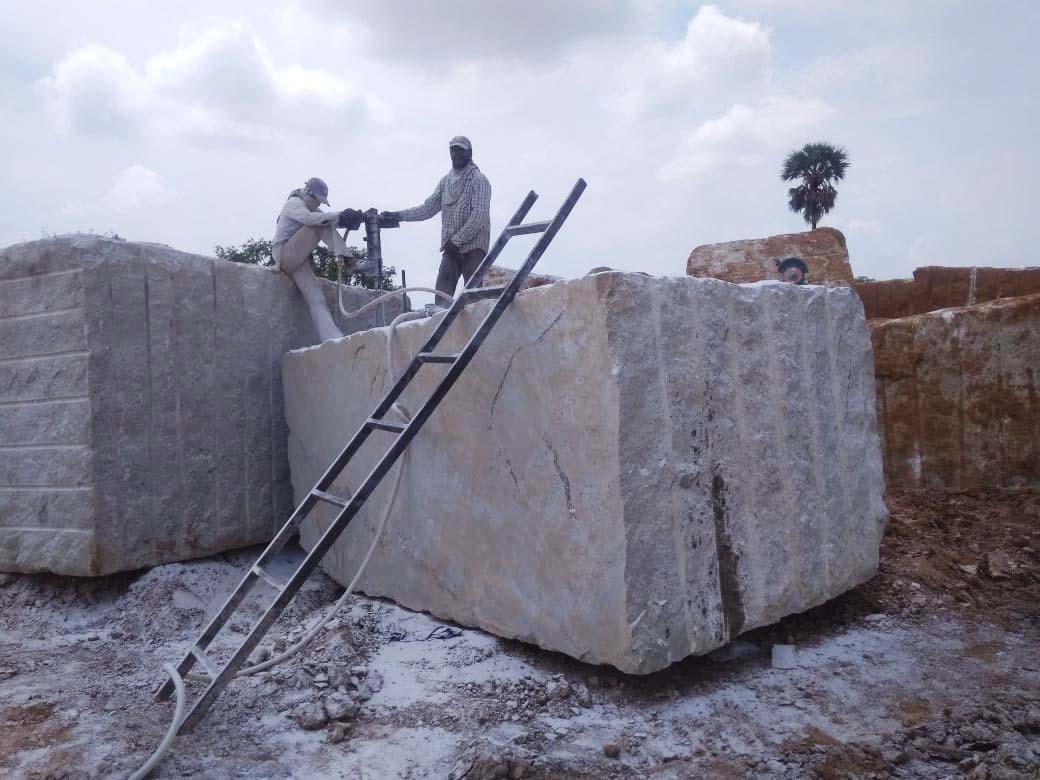Exploring Granite Quarries in South Africa: A Comprehensive Guide
Exploring Granite Quarries in South Africa: A Comprehensive Guide
Blog Article
Discovering the Rich History and Lasting Practices of Granite Quarrying
As we stand on the precipice of discovering the intricate tapestry of granite quarrying, a trip through time discloses not just the physical act of extracting rock however likewise the social and historic relevance woven into the really fabric of this method. From the ancient beginnings that laid the foundation for contemporary quarrying strategies to the sustainable practices that are forming the future of this industry, each chisel mark on granite surfaces narrates waiting to be unearthed (granite quarries in south africa). The legacy of granite quarrying stretches far past plain removal; it is a testimony to human ingenuity, resilience, and the long-lasting allure of this impressive stone
Ancient Origins of Granite Quarrying
Dating back to ancient people, the practice of quarrying granite has actually been an essential part of human history and architectural development. The earliest proof of granite quarrying days back to old Egypt, where substantial pyramids and intricate sculptures were crafted from this long lasting stone. The Egyptians made use of primitive tools to remove granite blocks from quarries, showcasing the value of this material in their monumental constructions.
Progressing in history, the Greeks likewise made significant contributions to the quarrying of granite. The Greeks utilized granite in various building wonders, such as temples and sculptures, showing their skill in shaping and carving this hardy stone. The Romans even more fine-tuned the methods of quarrying granite, utilizing sophisticated devices like blades and hammers to remove and shape granite for their iconic structures.
Through the centuries, the practice of quarrying granite has actually advanced, with contemporary technologies enhancing effectiveness while keeping the timeless charm of this natural rock - granite quarries in south africa. From ancient worlds to contemporary builders, the heritage of granite quarrying remains to form our globe
Evolution of Quarrying Strategies
The evolution of quarrying methods has been noted by a continual development towards greater performance and precision in drawing out granite. Early quarrying strategies entailed manual labor with fundamental tools such as blades, hammers, and wedges to draw out granite blocks from the planet.
In even more current times, the arrival of equipment reinvented the quarrying sector, enabling quicker extraction rates and increased productivity. Technologies such as ruby cable saws, high-pressure water jets, and pneumatically-driven drills have come to be common in contemporary quarries, permitting exact cutting and lowered waste. Innovations in computer-controlled tools and 3D modeling have maximized quarrying procedures, leading to marginal environmental impact and improved sustainability methods. As the need for granite continues to increase, the advancement of quarrying strategies remains important to meeting industry needs efficiently and sustainably.
Social Relevance of Granite
Granite holds an extensive cultural value across numerous human beings due to its long-lasting check here presence in building masterpieces and prized monuments. The social relevance of granite prolongs past its physical attributes; it symbolizes strength, stability, and timelessness, making it an icon of withstanding heritages and traditions.

Sustainable Practices in Quarrying
Among the abundant background of granite quarrying and its cultural significance exists a growing emphasis on lasting techniques within the market. As environmental understanding and problems concerning resource depletion have heightened globally, the quarrying field has actually progressively welcomed sustainable techniques to minimize its influence on the atmosphere and surrounding communities.

Furthermore, reclamation and recovery of quarry websites post-extraction are essential to lasting practices. By bring back quarried locations to an all-natural or beneficial state, such as developing wildlife environments or leisure spaces, quarriers can balance out the ecological impact of their procedures and add positively to the neighborhood ecosystem.
Tradition of Granite Quarrying
With a historic backdrop soaked in craftsmanship and industrial development, what sustaining effect has granite quarrying left on the landscape of modern society? The heritage of granite quarrying goes beyond simple removal practices; it has actually formed architectural wonders, Read Full Article metropolitan landscapes, and social heritage worldwide. The long lasting nature of granite has actually made it a preferred option for monoliths, buildings, and facilities, standing as a testament to the skill and creativity of quarry workers across generations.
Moreover, the financial footprint of granite quarrying can not be overlooked. The visit industry remains to give employment possibility and drive neighborhood economic climates in regions where granite removal is prevalent. It has actually additionally spurred technical improvements in quarrying strategies and equipment, leading to extra efficient and lasting practices.
In terms of sustainability, the tradition of granite quarrying consists of initiatives to minimize ecological effects via recovery tasks and liable source monitoring. By balancing economic passions with environmental stewardship, the market makes every effort to guarantee that future generations can continue to benefit from this enduring all-natural resource.
Conclusion

Report this page